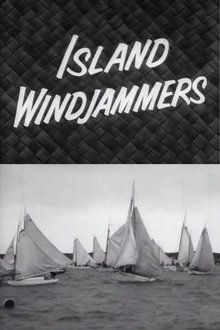The devil makes the biggest splash at Cookham's famed regatta.
Related Movies

Life on the Thames (1950)
This Traveltalks short visits cities and towns along the Thames River. It begins in London, with views of Cleopatra's Needle and the Tower Bridge. We then visit the Trout Inn at Oxford, a favorite gathering place for students at the university. After a short look at Eton, it's off to Henley-on-Thames and the world-famous regatta.
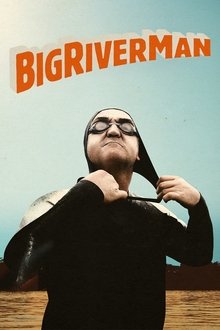
Big River Man (2009)
Follows Martin Strel as he attempts to cover 3,375 miles of the Amazon River in what is being billed as the world's longest swim.
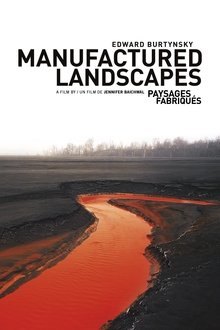
Manufactured Landscapes (2006)
MANUFACTURED LANDSCAPES is the striking new documentary on the world and work of renowned artist Edward Burtynsky. Internationally acclaimed for his large-scale photographs of “manufactured landscapes”—quarries, recycling yards, factories, mines and dams—Burtynsky creates stunningly beautiful art from civilization’s materials and debris.
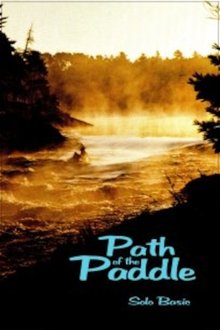
Path of the Paddle: Solo Basic (1977)
This short film from canoeist Bill Mason illustrates the joy and poetry of paddling solo. All the basic strokes used to control the canoe are rendered with perfect clarity through animated lines. Part of 'Path of the Paddle: Quiet Water', in Bill Mason's Path of the Paddle Series.
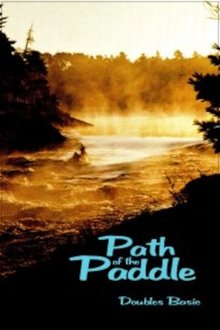
Path of the Paddle: Doubles Basic (1977)
This short film from canoeist Bill Mason demonstrates the basic doubles paddling strokes and how to apply them in various combinations. The application of each stroke in rapids is shown briefly and the emphasis is always on working as a well-coordinated team. Part of 'Path of the Paddle: Quiet Water', in Bill Mason's Path of the Paddle Series.
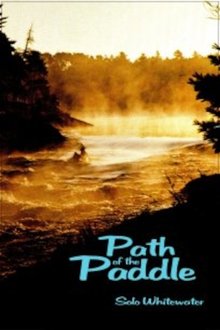
Path of the Paddle: Solo Whitewater (1977)
This short film from canoeist Bill Mason explains clearly how to locate a deep water channel by reading the rapids and how to apply paddling strokes and manoeuvres to steer the canoe where you want it to go. It also depicts what happens if you "wipe out" in a turbulent rapid and shows you how to survive the swim. Part of 'Path of the Paddle: Whitewater', in Bill Mason's Path of the Paddle Series.
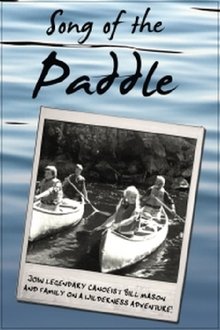
Song of the Paddle (1978)
Join outdoorsman Bill Mason in this short documentary as he and his family go canoe camping in the wilderness. Gain an appreciation for the art of canoeing while watching a small group experience the sheer joy and beauty of Nature. Along the way, the Masons experience countless adventures and some breathtaking scenery, including Indian rock carvings at Lake Superior.
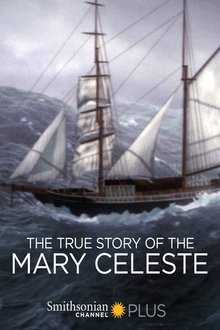
The True Story of the Mary Celeste (2007)
On December 4, 1872, the unmanned Mary Celeste was found adrift in the Atlantic with its cargo fully intact. The mystery of this "ghost ship" remained unanswered for over 135 years. What happened to the Mary Celeste is widely regarded as the most famous mystery of the sea. Watch it unfold to its stunning conclusion, at last.
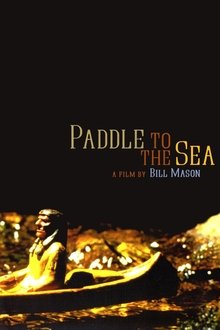
Paddle to the Sea (1966)
A boy's carved boat travels through the Canadian wilderness until it reaches the ocean.
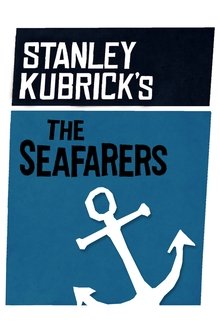
The Seafarers (1953)
Stanley Kubrick’s first color film, commissioned by the Seafarers International Union to promote the benefits of union membership. Shot inside the union’s Atlantic and Gulf Coast District facilities, it features scenes of ships, machinery, cafeteria life, and meetings, highlighting the daily routines and camaraderie of seafarers. Thought lost for decades, the film was rediscovered in 1973 and preserved by the Library of Congress.
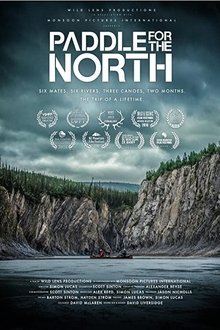
Paddle for the North (2015)
Six mates embark on a epic 1500km adventure through six remote North American rivers. They overcome class 6 rapids, a grueling portage and 130km upriver, against the flow. All to show the world; the true value of the North.

Waterwalker (1984)
Naturalist Bill Mason on his journey by canoe into the Ontario wilderness. The filmmaker and artist begins on Lake Superior, then explores winding and sometimes tortuous river waters to the meadowlands of the river's source. Along the way, Mason paints scenes that capture his attention and muses about his love of the canoe, his artwork and his own sense of the land. Mason also uses the film as a commentary on the link between God and nature and the vast array of beautiful canvases God created for him to paint. Features breathtaking visuals and exciting whitewater footage, with a musical score by Bruce Cockburn.
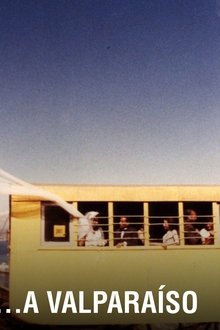
Valparaiso (1964)
In 1962 Joris Ivens was invited to Chile for teaching and filmmaking. Together with students he made …A Valparaíso, one of his most poetic films. Contrasting the prestigious history of the seaport with the present the film sketches a portrait of the city, built on 42 hills, with its wealth and poverty, its daily life on the streets, the stairs, the rack railways and in the bars. Although the port has lost its importance, the rich past is still present in the impoverished city. The film echoes this ambiguous situation in its dialectical poetic style, interweaving the daily life reality (of 1963) with the history of the city and changing from black and white to colour, finally leaving us with hopeful perspective for the children who are playing on the stairs and hills of this beautiful town.

Touch the Wall (2014)
Swimming superstar Missy Franklin was destined for greatness at an early age, but it wasn't until the arrival of Veteran Kara Lynn Joyce that those sky-high expectations began to take shape.

Sailing the Treasure Ship (2010)
Navigating the Indian Ocean in a reconstruction of a 1,200-year-old Arab ship, held together by 100km of rope and 127,000 hand-sewn stitches. The Jewel will sail more than five thousand kilometres across the Indian Ocean and do battle with the Monsoon – but for sailors it can spell danger and even death. It took a year to build: the Jewel of Muscat – a reconstruction of a 1200 year old Arab ship, based on an ancient shipwreck. Built from more than 18 tonnes of wood, the ship is held together entirely by 100 km of rope in over 127,000 hand-sewn stitches. Now the Jewel will sail more than five thousand kilometres across the Indian Ocean and do battle with the Monsoon – the mighty rain soaked wind that turns the arid land it touches green. But for sailors it can spell danger and even death.

